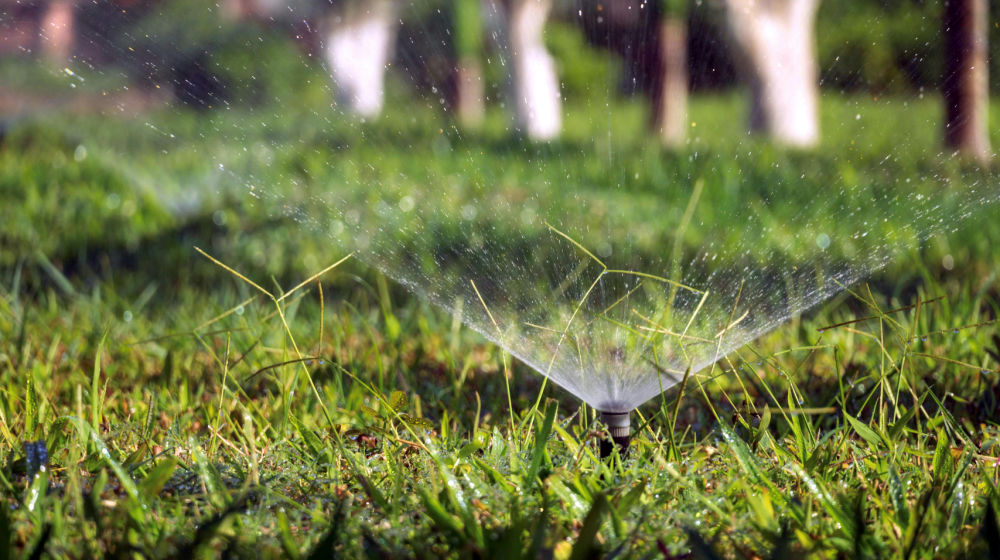
Best Practices for Irrigation in a Hot Climate
Florida homeowners can keep landscapes healthy and water-efficient by irrigating early, watering deeply twice a week, using smart systems, choosing drought-tolerant plants, mulching, and adjusting to weather. Following local watering regulations ensures conservation and promotes a thriving yard in a hot climate.
Florida’s hot, humid climate and sandy soils present unique challenges when it comes to lawn and garden irrigation. For homeowners, striking the right balance between water conservation and landscape health is key. Overwatering can lead to disease, nutrient runoff, and high utility bills, while underwatering can stress plants and lead to unsightly lawns.
With the right approach, you can maintain a vibrant landscape while using water wisely. Here are the best practices for irrigation in Florida’s hot climate.
Water Early in the Morning
The best time to water is early in the morning, ideally between 4 a.m. and 10 a.m. Temperatures are cooler, and winds are typically calmer, reducing water loss due to evaporation. Watering at night may seem like a good idea, but it can encourage fungal growth because the moisture sits on the grass and leaves for longer.
Follow the “½-to-¾-Inch-Twice-a-Week” Rule
Most Florida lawns need about 1/2 to 3/4 inch of water per irrigation session, and only two sessions per week—even in summer. Sandy soil drains quickly, so deeper, less frequent watering encourages deep root growth and drought resistance. Use a rain gauge or a small container to measure how much water your system delivers in a set time.
Install and Maintain a Smart Irrigation System
A smart irrigation controller adjusts watering schedules based on local weather, soil conditions, and plant needs. Some models even skip watering if rain is in the forecast or has recently fallen. Regularly check sprinkler heads for clogs, leaks, or misdirection to prevent water waste and ensure even coverage.
Choose Drought-Tolerant Landscaping
Florida-friendly plants like coontie, muhly grass, and firebush thrive with less water and are better suited to hot conditions. Grouping plants with similar water needs (called hydrozoning) also helps target irrigation more efficiently. Consider replacing sections of high-maintenance turf with native plants, mulch beds, or groundcovers.
Mulch to Retain Soil Moisture
A 2- to 3-inch layer of mulch helps regulate soil temperature and reduces evaporation. Organic mulches like pine bark or eucalyptus chips break down over time, improving soil quality. Keep mulch a few inches away from plant stems and tree trunks to prevent rot.
Monitor and Adapt
Even the best irrigation plan needs occasional adjustments. During extended dry spells, your landscape may need more water. After heavy rains, you may need to delay irrigation. Keep an eye out for signs of over- or under-watering: wilting, yellowing leaves, or runoff are clues your system may need tweaking.
Follow Local Regulations
Many Florida counties and municipalities have watering restrictions, especially during the dry season. These rules help conserve water and reduce strain on local aquifers. Be sure to check with your local water management district for current guidelines.
With mindful watering practices, you can keep your Florida landscape thriving while protecting natural resources. Smart irrigation not only preserves your lawn, it supports your community and the environment.